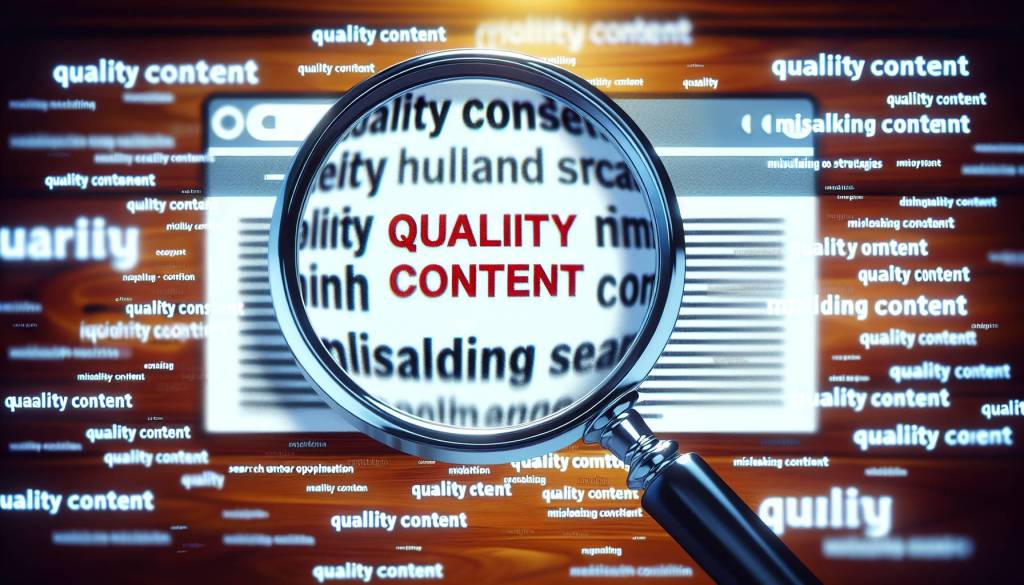Enhancing a website’s search visibility and ensuring it’s user-friendly across the board is a critical aspect of broadening a site’s reach. This is where web accessibility and Search Engine Optimization (SEO) intertwine. By ensuring your site’s readability and navigability for the visually impaired or disabled, you increase its accessibility quotient while effective SEO strategies improve visibility on search engine results. This approach promotes an equal digital environment and reinforces the website’s overall online presence.
Designing websites to accommodate individuals with physical and cognitive disabilities broadens the internet’s demographic reach. Key guidelines such as the WCAG (Web Content Accessibility Guidelines) provide the roadmap to assistive technology support, screen reader adaption, color contrast adjustments, legible fonts, clear navigation, and alternative content forms for maximum inclusivity. It’s about providing an equal internet experience for everyone.
The WCAG principles are centered on making web content Perceivable, Operable, Understandable, and Robust. Ensuring these principles are in place is crucial for people with various disabilities to access and effectively use web content.
The WCAG’s core principles—POUR—enhance web accessibility and assure that users and support technologies like screen readers interact effectively with web content.
Maximizing SEO and inclusivity through web accessibility
The principles stipulate that information should be Perceivable, the interface should be Operable, content should be Understandable, and everything should function Robustly across various technologies users might employ. Implementing these principles can lead to a more accessible, inclusive digital environment, and also optimize a site’s visibility and interaction with search engines.
Web accessibility and SEO may seem different, but they share considerable ground. Both strive to elucidate a website’s content and functionality—whether by a human or a search engine algorithm. By making a site more accessible, you inadvertently boost SEO performance, visibility, and usability. Essential elements for both areas include the use of alt-text for images, captions for videos, proper heading usage, and employing simple language.
Improving web accessibility greatly enhances SEO via measures like improving the user experience, content readability and structure, and image visibility with alt attributes. These steps can significantly boost search result rankings and audience reach. Along with web accessibility standards, ensuring your website is keyboard accessible can make navigation easier, thereby enhancing its SEO. In the long run, higher audience engagement can lead to increased conversions, profits, and brand reputation, underlining the value of prioritizing web accessibility and transcending SEO to spur overall business growth and customer satisfaction.













